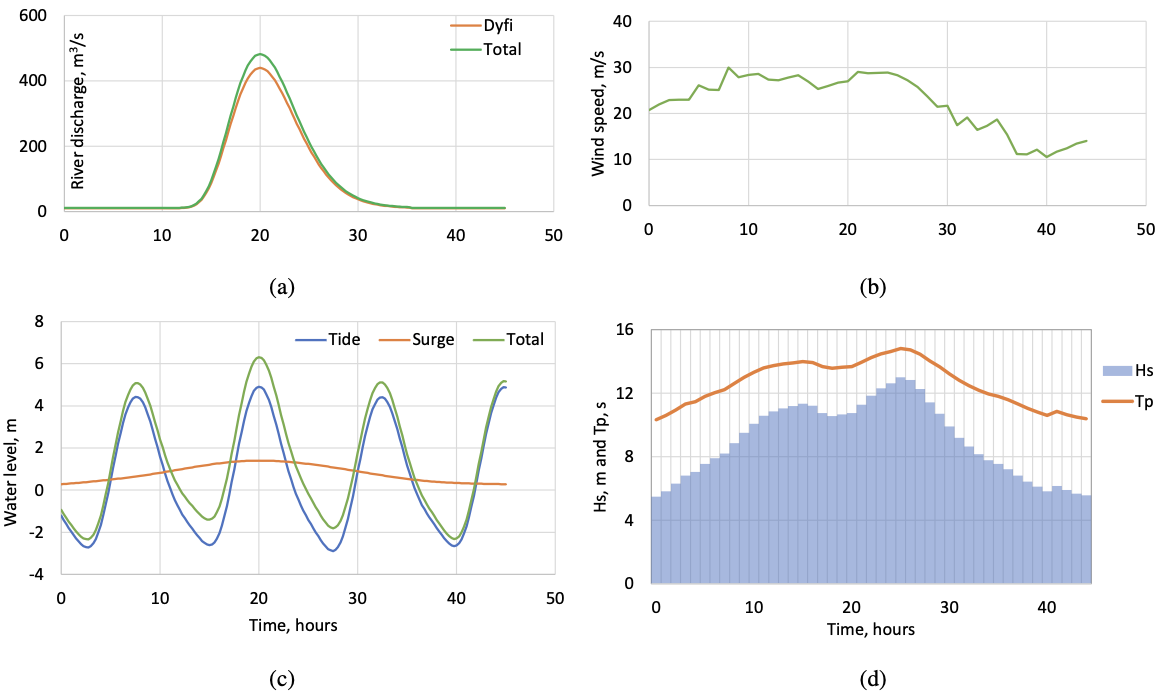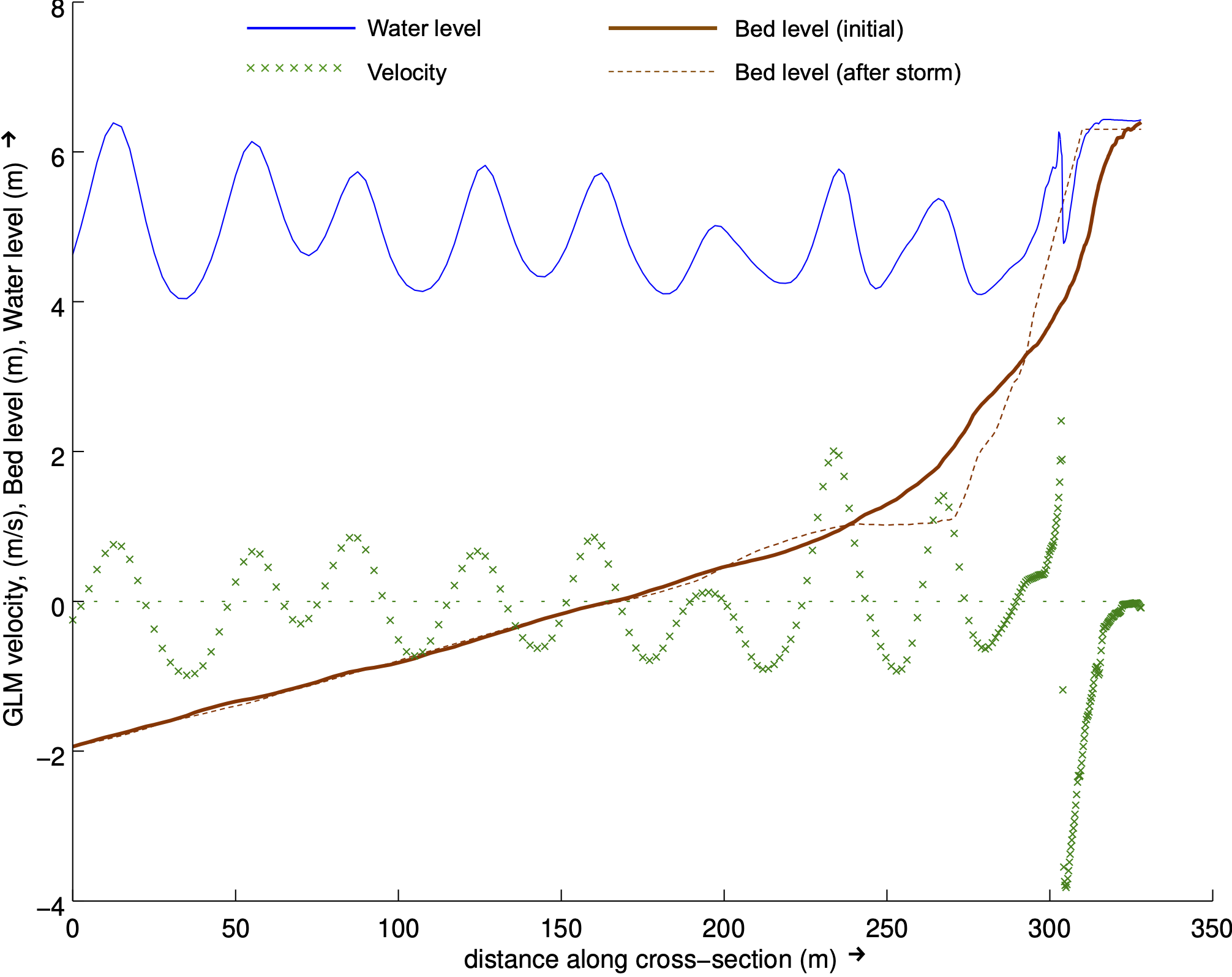The Context
Various stretches of the Welsh coastal dunes have been exposed to vulnerability (Williams and Davies 2001), yet estimation of risks are mostly qualitative with more emphasis on description(Caldwell and Yule 1981)rather than prediction. Dynamic modelling of how such dune faces would reshape during extreme events such as storms accompanied by high tides would aid in risk evaluation. Dune geomorphology is a crucial physical boundary for the growth of plants within the dune ecosystem. As a proof of concept, the erosion of the Ynylas dune (Ceredigion, GB) would be simulated for local extreme events such as the January 2014 storm.


